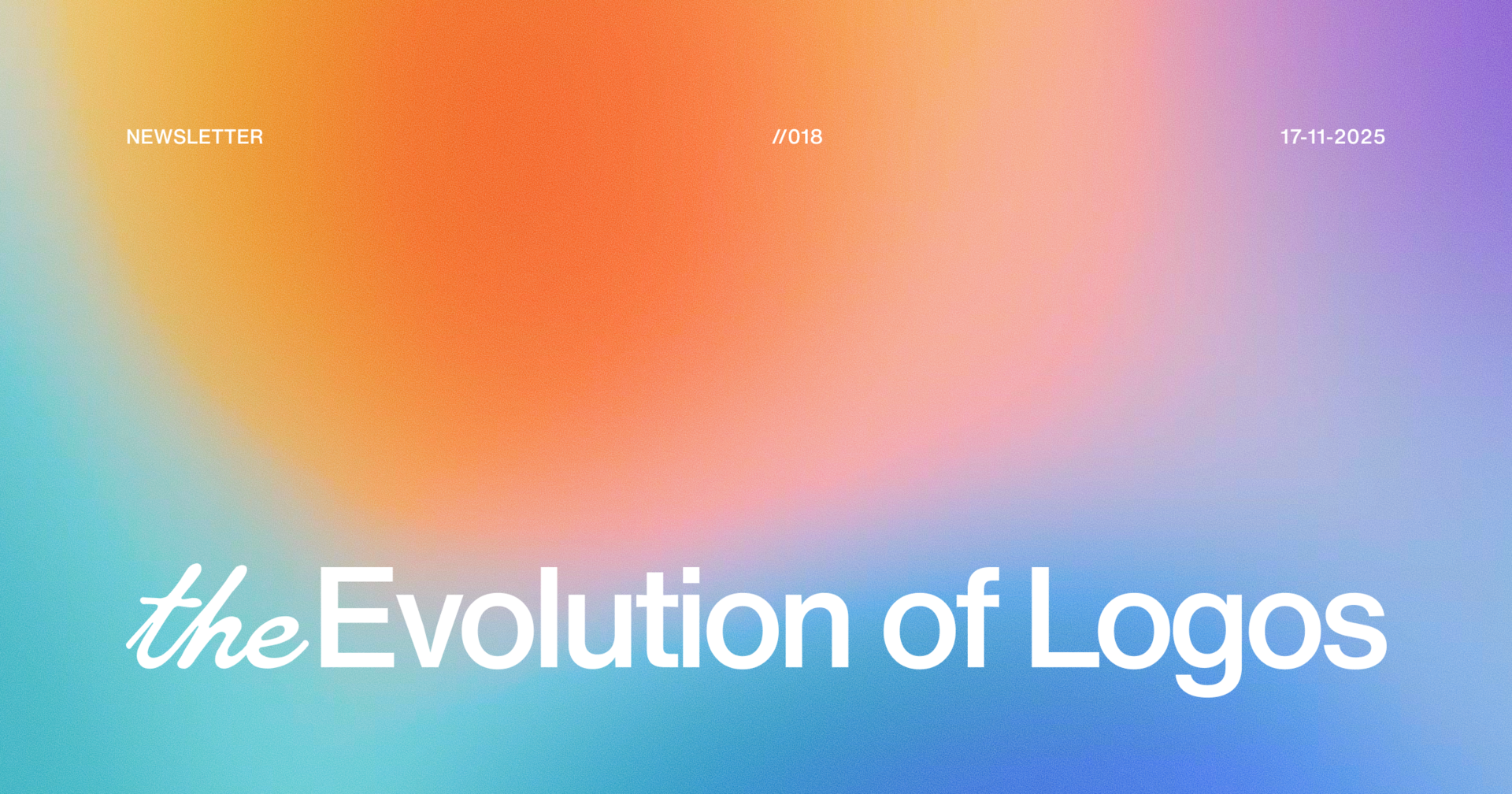
Why do people choose one brand over another, even when the products are almost the same?
It’s not luck. It’s not price.
It’s positioning.
Positioning is what makes someone reach for your brand without thinking twice.
It’s the reason Apple feels different from Samsung, even when both sell smartphones.
Or why Nike inspires movement, while Adidas feels about style and culture.
Because at the end of the day, people don’t just buy products.
They buy the meaning behind them.
What Is Brand Positioning?
Brand positioning is the unique space your brand occupies in your customer’s mind.
It’s not just what you do, it’s what people think and feel about you when they hear your name.
It’s the reason someone describes your brand in a sentence:
Tesla? Innovative.
Patagonia? Ethical.
Starbucks? Premium and social.
That instant perception, that’s positioning.
Good positioning makes your brand recognizable even without showing the logo.
It defines how you’re seen, chosen, and remembered in a crowded market.

Why Brand Positioning Matters
In a world where almost every product has a lookalike, positioning is what sets your brand apart.
It’s the difference between being seen, and being chosen.
1. Drives Perception and Differentiation
Positioning shapes how people see you compared to everyone else.
It tells them, “Here’s why we’re different, and why it matters.”
When your positioning is clear, customers don’t just recognize your logo, they understand your purpose.
2. Aligns Your Story with Your Audience’s Needs
Great positioning connects your brand’s story to what your audience actually cares about.
It’s not about saying “we’re the best”, it’s about showing how you fit into their lives, solve their problems, or share their values.
3. Creates Loyalty, People Buy from Brands That Fit Them
When customers feel aligned with what your brand stands for, they don’t just buy once they stay.
That emotional connection is what turns buyers into advocates.
Positioning isn’t about claiming a spot in the market, it’s about claiming a spot in someone’s mind.

The Core Elements of Positioning
Every strong brand owns a space in the market, and in people’s minds, because it’s clear about these five things:
1. Target Audience → Who You Serve
You can’t speak to everyone. The tighter your focus, the stronger your message.
Define exactly who you serve- their goals, frustrations, and what they value most.
When you understand your audience deeply, your positioning naturally becomes sharper.
2. Market Category → The Space You Play In
This defines where your brand competes. Are you a luxury skincare brand? A budget-friendly tech solution? A niche creative studio?
Knowing your category helps customers instantly understand your relevance and price point.
3. Differentiator → What Makes You Different
What do you offer that no one else does or what do you do better?
Your differentiator doesn’t have to be huge. It just has to be clear, authentic, and valuable to your audience.
Example: Slack isn’t the only chat tool, it’s the one that makes work feel human.
4. Brand Promise → The Value People Can Count On
Your brand promise is the emotional and functional benefit customers can always expect.
It’s the line between what you say and what you actually deliver.
Example: FedEx promises “when it absolutely, positively has to be there overnight.”
5. Proof Points → Evidence That Backs Up Your Promise
Don’t just tell, show.
Use testimonials, case studies, awards, data, and consistent brand experience to prove your promise true.
Example: Apple’s obsession with product design reinforces its promise of innovation every single time.
These five pillars make your positioning real, not just words on a slide, but a perception people can feel and trust.
Steps to Define Your Brand Positioning
Positioning isn’t guesswork, it’s a process of research, clarity, and testing.
Here’s how to build one that actually sticks:
1. Research Your Audience & Competitors
Start by understanding two things deeply:
What your audience truly wants.
What your competitors are already saying.
Look for gaps, patterns your competitors ignore or needs your audience feels unmet. Those gaps are your opportunities.
2. Find Your White Space — What’s Missing in the Market
The “white space” is where demand meets differentiation.
Ask: What can we say or do that no one else owns?
This is where your brand can lead instead of follow.
3. Define Your Key Differentiator
Boil your advantage down to one clear idea.
Maybe it’s your process, your product quality, or your personality.
Whatever it is, it should be unique, believable, and relevant.
4. Write Your Positioning Statement
Your positioning statement should answer four key questions in one line:
For [target audience], [brand name] is the [category] that [differentiator] because [proof].
Example:
For busy creatives, Notion is the all-in-one workspace that helps organize ideas effortlessly because it’s flexible, simple, and built for collaboration.
5. Test It — Does It Resonate with Your Audience?
Don’t stop at defining.
Share your positioning internally, with customers, or on small campaigns.
If people repeat it back in their own words, you’ve nailed it. If not, refine until it clicks.
The best positioning isn’t forced. It’s found — hidden in what your customers already believe about you.
Examples of Great Brand Positioning
The world’s strongest brands don’t compete on product alone, they compete on perception.
Each owns a unique space in our minds, built through clear and consistent positioning.
Nike
“For athletes at every level, inspiring them to push beyond limits.”
Nike isn’t selling shoes; it’s selling motivation. The brand’s entire identity revolves around empowerment, from everyday joggers to Olympic champions.
Apple
“Think different.”
Apple turned technology into a symbol of creativity and individuality. It’s not about specs, it’s about standing apart, expressing yourself, and embracing simplicity.
Airbnb
“Belong anywhere.”
Airbnb redefined travel by focusing on connection, not accommodation. Its positioning shifted the conversation from “places to stay” to “experiences to live.”
Coca-Cola
“Taste the feeling.”
Coca-Cola doesn’t sell soda, it sells emotion. Joy, nostalgia, and togetherness are at the heart of every touchpoint, making it more than a drink, it’s a feeling.
Great positioning doesn’t describe what a brand does.
It captures what it means, to the people who believe in it.
Common Positioning Mistakes
Even the best brands slip when their positioning lacks focus or consistency.
Here are some common pitfalls to avoid:
1. Trying to Appeal to Everyone
If you’re speaking to everyone, you’re speaking to no one.
A focused audience builds stronger loyalty than a broad, diluted message.
Own your niche, that’s where your power lies.
2. Confusing Features with Differentiation
Features can be copied. Positioning can’t.
Don’t base your difference on what your product does, base it on what your brand means.
Apple didn’t win because of faster processors, but because of what “Think Different” made people feel.
3. Changing Positioning Too Often
Frequent repositioning confuses customers and weakens trust.
Clarity compounds over time, stay consistent long enough for people to remember and believe you.
4. Not Backing It Up with Experience or Proof
If your brand promises something bold, every touchpoint should prove it.
A “premium” brand can’t have a clunky website.
A “friendly” brand can’t use robotic customer service.
Your actions must reinforce your words.
Positioning isn’t a tagline, it’s a commitment.
Once you claim a space, every part of your brand should live up to it.
Before you finalize your positioning, run it through this quick test:
Clear Audience & Category — Do people instantly know who you serve and what space you play in?
Strong Differentiator — Can you explain what makes you different in one line?
Simple, Memorable Statement — Is your positioning easy enough for someone to repeat after hearing it once?
Consistent Experience — Does every part of your brand (website, tone, visuals, service) deliver on your promise?
Positioning is how you own space in your audience’s mind, not just through what you sell, but through what you stand for.
Every message, design, and experience should reinforce that one idea.
Because the strongest brands don’t compete for attention, they own perception.
So here’s a question to reflect on →
When people think of your brand, what’s the one word you want them to remember?
Thanks for reading! We hope you enjoyed this edition and would consider forwarding it to a friend.
If you hated it, reply and let us know what we could do differently. Same time next week <3





